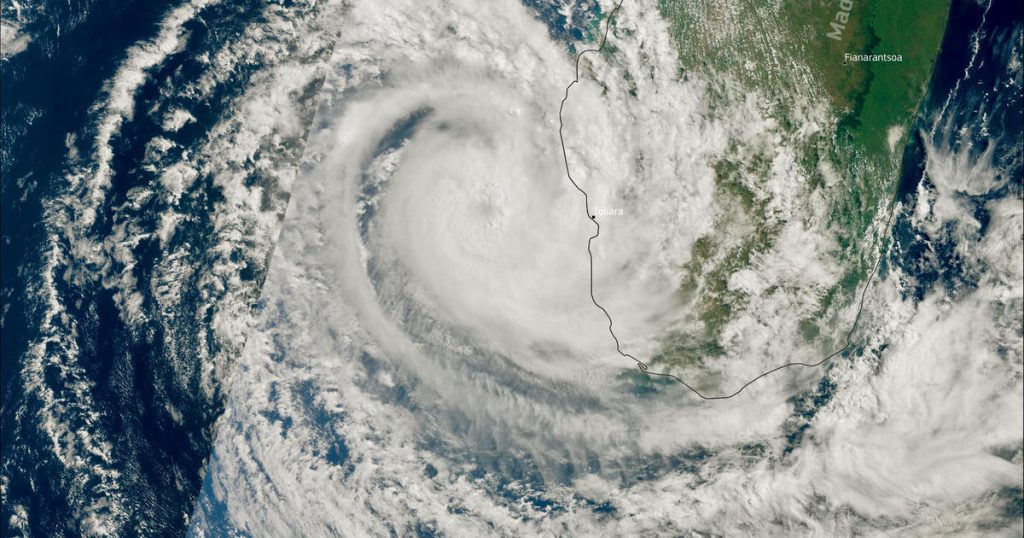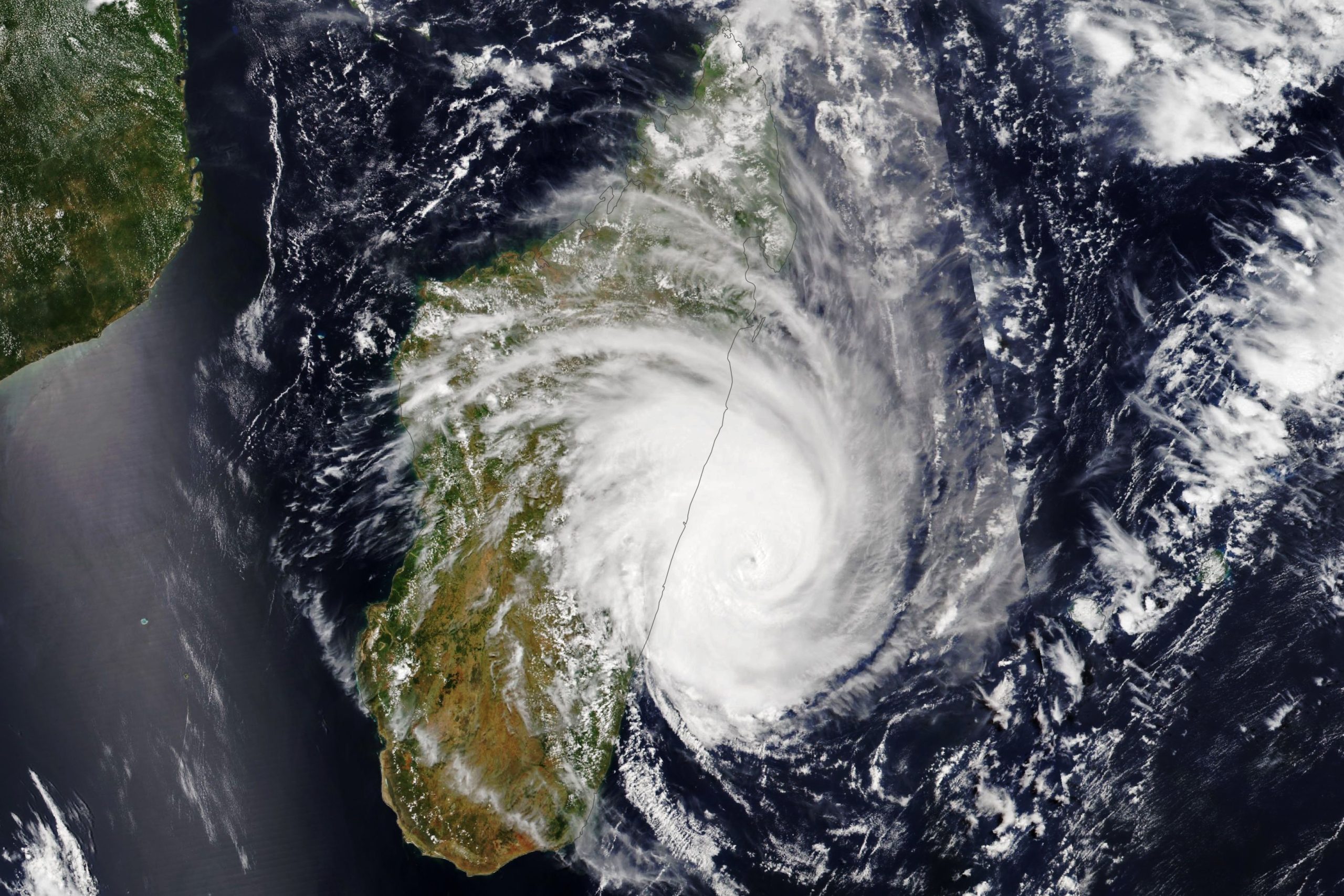The seas absorb the warming brought on by human-caused greenhouse gases, which raises their heat content and strengthens cyclones.
The longest-lasting tropical storm in history is currently Cyclone Freddy. It has been active over the southern Indian Ocean for 32 days, making two landfalls and maybe preparing to make a third.
Freddy also holds the record with six instances of a tropical storm rapidly intensifying. The second record makes a suggestion that global warming, particularly the heat in the waters, had a part in its run of record-breaking events.
People in Madagascar and Mozambique have significantly impacted by Cyclone Freddy because to the storm’s strong winds and associated rain. It has caused a catastrophe in both nations, which frequently impacted by tropical storms. The storm has killed 21 people and displaced hundreds of others. And it’s still not over.
The cyclone, which developed on February 6, 2023, on Australia’s northern shore, has already travelled more than 9,600 kilometres. On February 21, it made its first landfall off the southeast coast of Madagascar. Its winds and precipitation seriously damaged the area. Then, on February 24, it sailed into the Mozambique Channel, regained strength, and made another landfall along the Mozambique coast.

what Vineet Kumar Singh said ?
According to Vineet Kumar Singh, a climate scientist at the Indian Institute of Tropical Meteorology (IITM), Pune. “During the course of its lifespan. Cyclone Freddy accumulated 77 units of cumulative cyclone energy, which computed as the square of wind speed added every six hours. After Cyclone Ioke in 2006, which had a total cumulative cyclone energy of 85.6 units. It is now place second in terms of cyclone energy. Accumulated cyclone energy gives the measure of the strength of a cyclone during its lifetime.
After this, the storm system spent several days over Mozambique and Zimbabwe causing rainfall. “Then, a high pressure area towards the west pushed it back towards the Mozambique Channel where it intensified again and affected south-western Madagascar, though it did not make a landfall there,” said Singh.
Freddy is now moving towards Mozambique again and would intensify again, according to the World Meteorological Organization (WMO). Such bouncing back and forth by tropical cyclones is common in the south Indian Ocean. And the reasons are different every time, Singh said.
Heavy rains expected in southern Madagascar on March 8 and 9, according to the WMO’s regional centre in La Reunion. They might total between 100 and 200 mm locally.
In a March 7 news release, the WMO noted that Madagascar had received more over 300 mm in the previous seven days, or around three times the monthly normal.
While the WMO must first analyse the cyclone’s course and intensity over the time. In order to get to this determination, Freddy’s record for the longest-lived cyclone is still unofficial.

